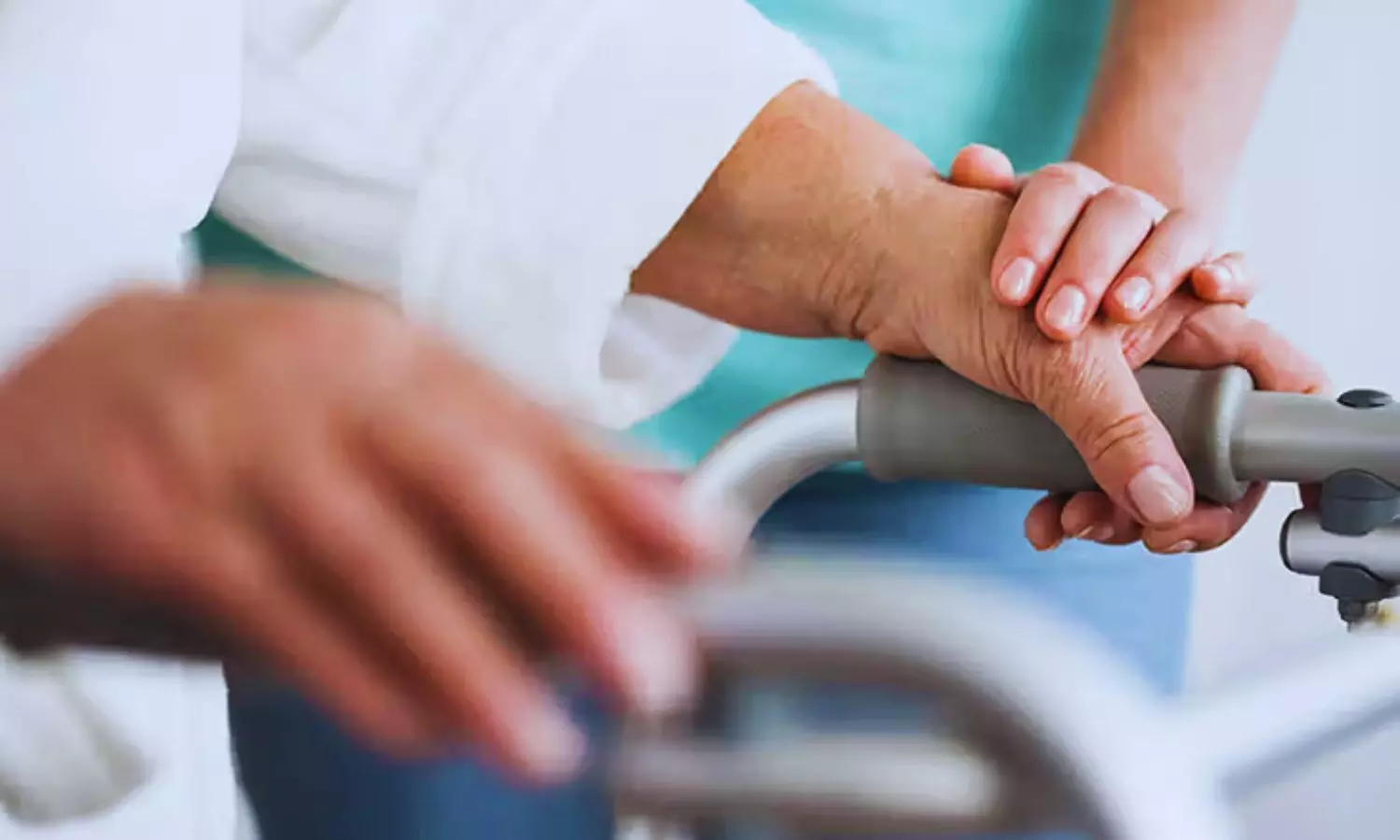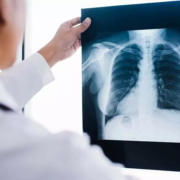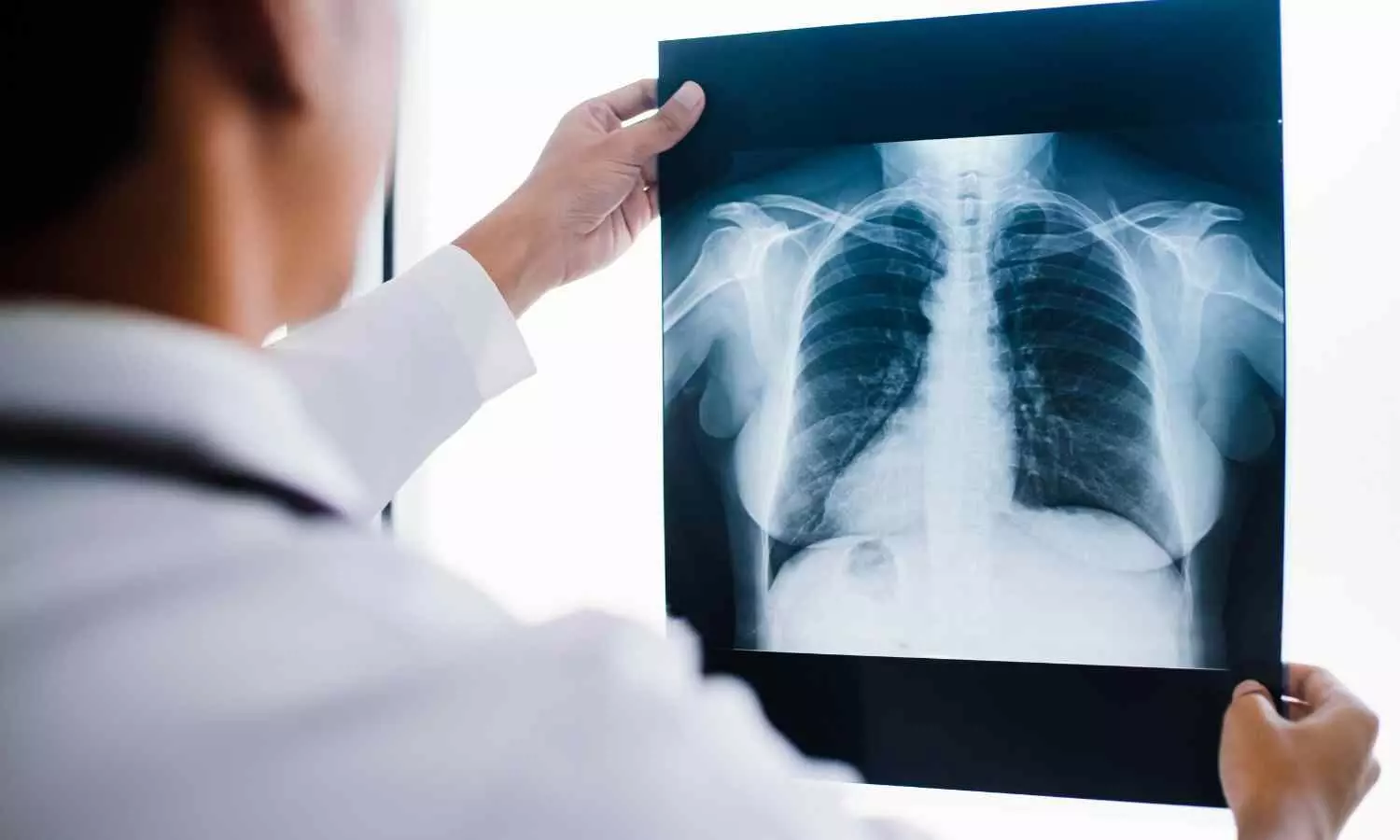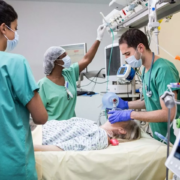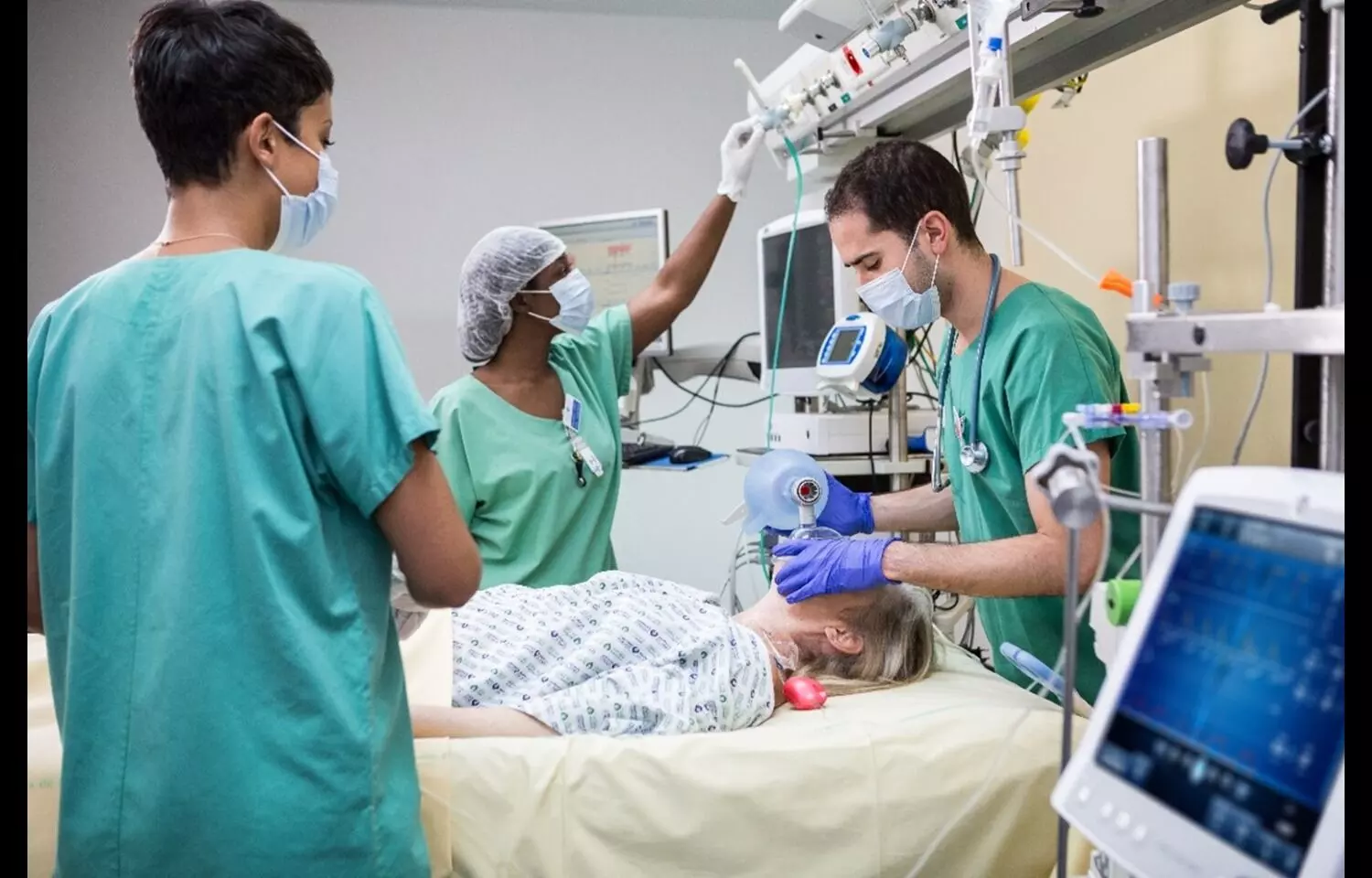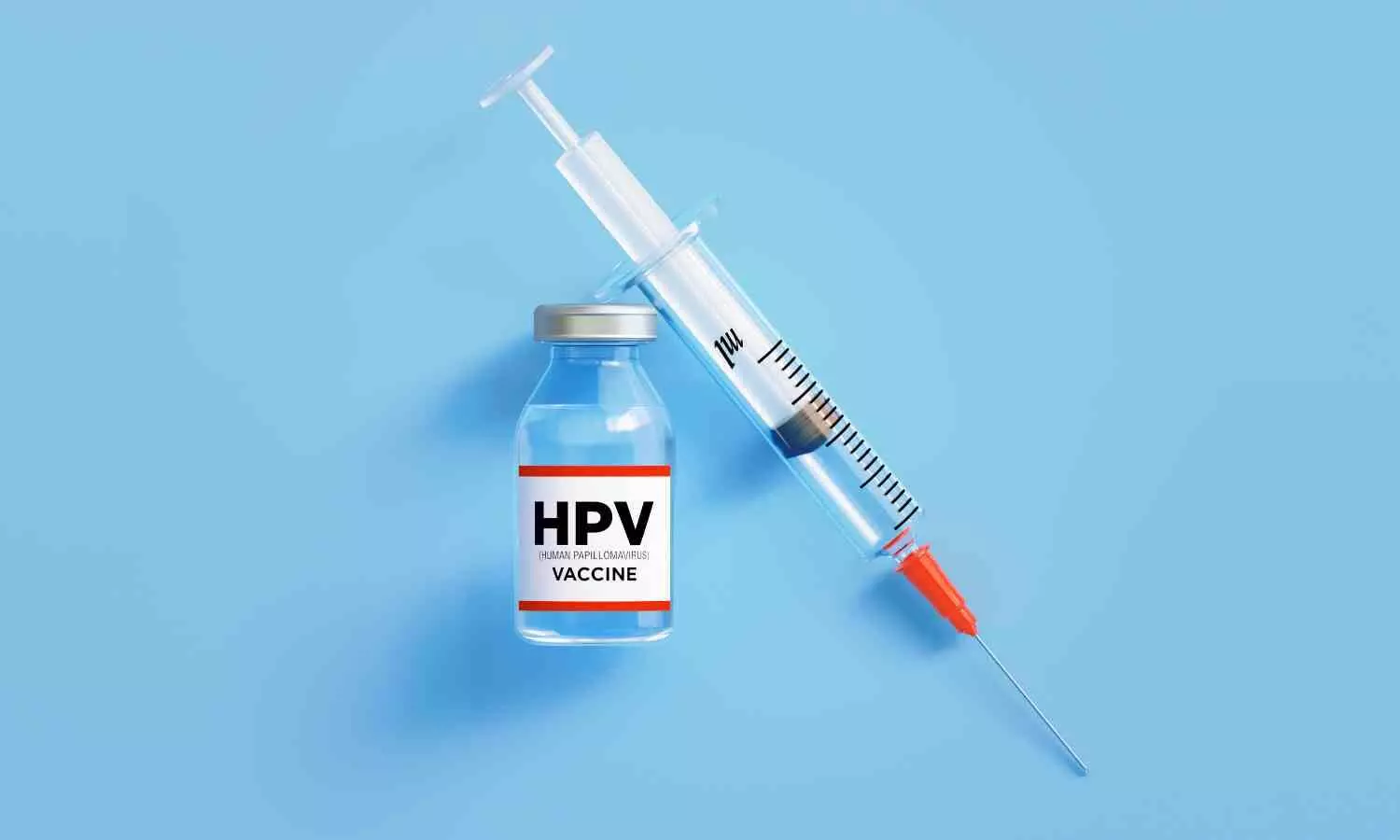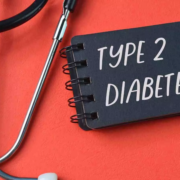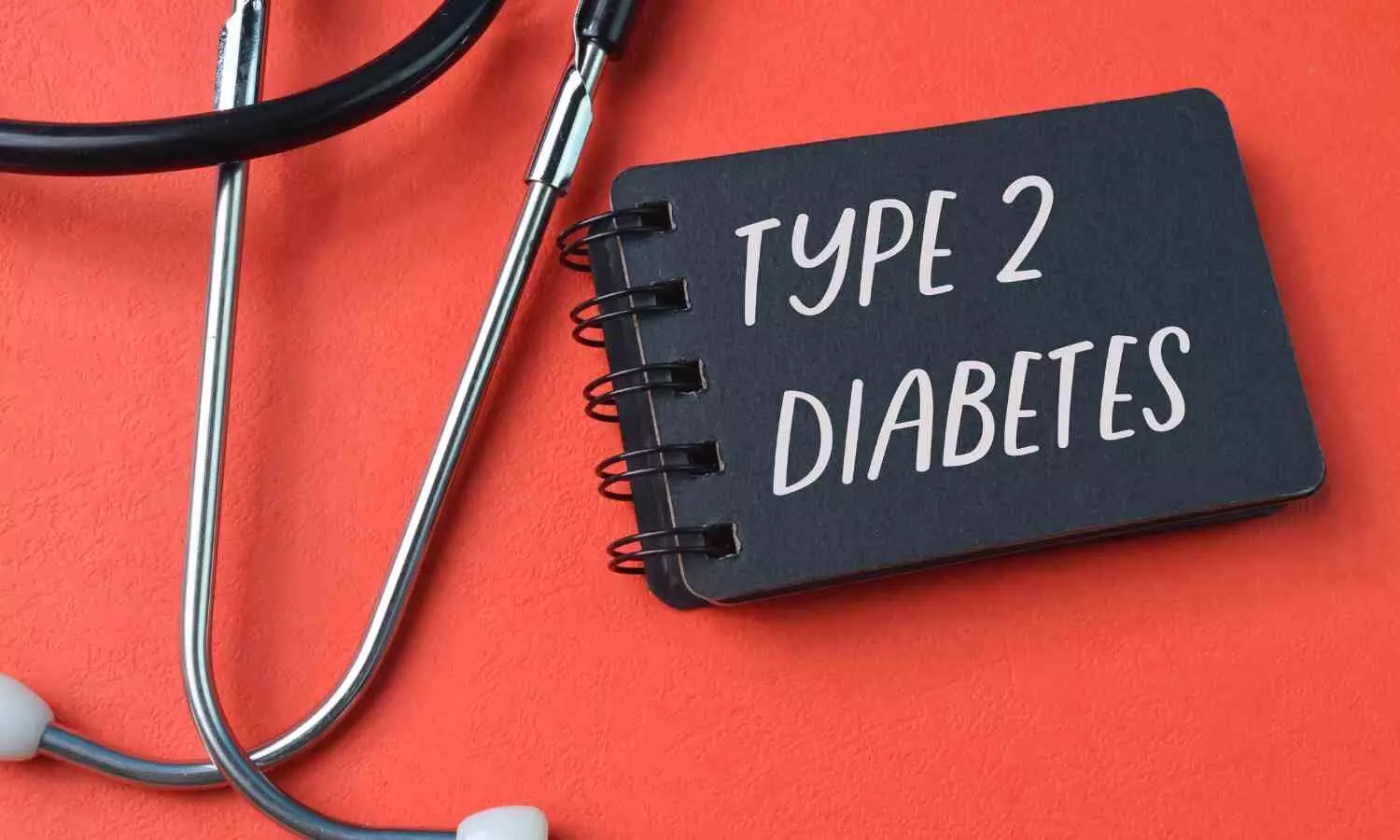Subthalamic DBS as an Effective Therapy for Parkinson’s Disease: JAMA

A recent trial published in the Journal of American Medical Association found that subthalamic deep brain stimulation (DBS) is an effective therapy for people living with moderate to advanced Parkinson’s disease (PD)
The Implantable Neurostimulator for the Treatment of Parkinson’s Disease (INTREPID) trial tracked outcomes in 313 patients implanted with Boston Scientific’s Vercise DBS system between 2013 and 2022. This study followed participants for 5 years, making it one of the most comprehensive long-term DBS trials to date.
Of the 191 patients who received DBS, 137 completed the 5-year follow-up. At baseline, the participants had significant motor impairment, with average Unified Parkinson’s Disease Rating Scale (UPDRS-III) scores of 42.8 in the “off medication” state. By year one, DBS cut this score nearly in half, down to 21.1, which represented a 51% improvement. While some decline occurred by year 5 the benefit remained strong, with a 36% overall improvement when compared to pre-surgery levels.
The patients began with an average score of 20.6 and saw a 41% improvement in year one, which leveled to a still-significant 22% gain by year five. Also, dyskinesia is a disabling side effect of long-term medication use, dropped from 4.0 at baseline to 1.0 at year one and stabilized at 1.2 after 5 years, which reflected a 70–75% reduction.
The patients reduced their levodopa equivalent doses by 28% in the first year, with this reduction maintained through the 5-year mark. This highlights the potential of DBS to not only improve symptoms but also lower dependence on medications that carry side effects. The most frequent serious adverse event was infection, reported in 9 participants. 10 deaths occurred during the study, though none were related to DBS or the trial itself.
While Parkinson’s disease is progressive, meaning symptoms inevitably worsen over time, the INTREPID results demonstrate that DBS offers sustained and clinically meaningful relief well beyond the initial years of therapy. Overall, these findings reinforce DBS as a standard treatment option for patients with moderate to advanced PD, particularly those struggling with medication fluctuations and uncontrolled motor symptoms.
Source:
Starr, P. A., Shivacharan, R. S., Goldberg, E., Tröster, A. I., House, P. A., Giroux, M. L., Hebb, A. O., Whiting, D. M., Leichliter, T. A., Ostrem, J. L., Metman, L. V., Sani, S., Karl, J. A., Siddiqui, M. S., Tatter, S. B., Haq, I. ul, Machado, A. G., Gostkowski, M., Tagliati, M., … Nazzarro, J. M. (2025). Five-Year Outcomes from Deep Brain Stimulation of the Subthalamic Nucleus for Parkinson Disease. JAMA Neurology. https://doi.org/10.1001/jamaneurol.2025.3373
Powered by WPeMatico



